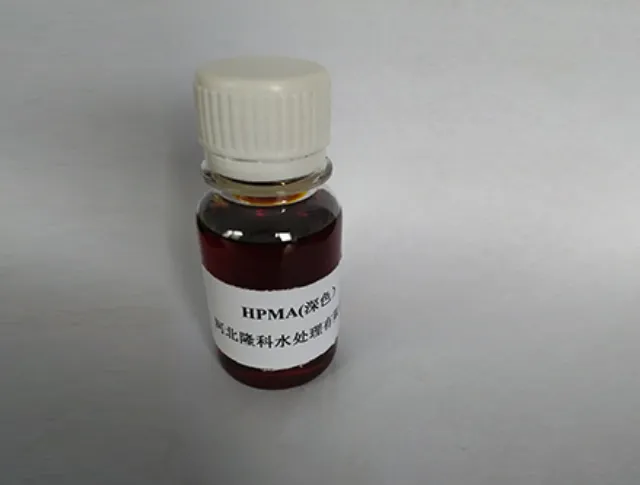dodecyldimethylbenzylammonium chloride
Understanding Dodecyldimethylbenzylammonium Chloride A Versatile Quaternary Ammonium Compound
Dodecyldimethylbenzylammonium chloride, commonly abbreviated as DDBAC, is a quaternary ammonium compound that plays a significant role in various industrial and consumer applications. Its unique chemical structure and properties make it an effective surfactant, biocide, and antimicrobial agent. This article delves into the composition, applications, and safety considerations of DDBAC.
Chemical Composition
Dodecyldimethylbenzylammonium chloride belongs to the class of compounds known as quaternary ammonium salts. It comprises a long hydrophobic dodecyl chain (12 carbon atoms) attached to a dimethylbenzylammonium moiety. The presence of the aromatic benzyl group provides certain physicochemical properties that enhance its performance in various applications. The molecular formula is C21H36NCl, which reflects the balance between hydrophobic and hydrophilic parts, enabling it to interact with both water and oils.
Applications
1. Industrial Cleaning Agents One of the primary uses of DDBAC is as a surfactant in cleaning products. Its ability to reduce surface tension allows it to disperse and emulsify oils and dirt, making it an effective component in detergents, fabric softeners, and industrial cleaners. The compound's lipophilic nature ensures that greasy substances can be effectively broken down and washed away.
2. Antimicrobial and Biocidal Properties DDBAC exhibits significant antimicrobial activity against a broad spectrum of microorganisms, including bacteria, fungi, and viruses. This characteristic makes it valuable in various applications, such as disinfectants, antiseptics, and preservatives used in healthcare settings and personal care products. DDBAC is often incorporated into formulations for hand sanitizers, surface disinfectants, and water treatment chemicals.
dodecyldimethylbenzylammonium chloride

3. Consumer Products Beyond industrial applications, DDBAC is also found in personal care products such as shampoos, conditioners, and lotions. In these formulations, it acts as a conditioning agent, contributing to the smoothness and manageability of hair and skin. Its antimicrobial properties also help to enhance the shelf life and safety of these products.
4. Agricultural Uses The biocidal properties of DDBAC have also made it useful in agriculture. It is sometimes utilized in formulations designed to control pests and pathogens in crops. By combining DDBAC with other active ingredients, growers can enhance the efficacy of their pest management strategies.
Safety Considerations
While DDBAC has numerous beneficial applications, it is essential to handle it with care due to potential safety concerns. As a quaternary ammonium compound, it can cause skin and eye irritation upon contact. Proper safety precautions, such as wearing gloves and eye protection, are recommended when working with products containing DDBAC.
Moreover, due to its biocidal properties, there is growing concern about the environmental impact of quaternary ammonium compounds. Studies have suggested that improper disposal and overuse of such compounds can contribute to the development of antimicrobial resistance and adversely affect aquatic ecosystems. As a result, regulatory bodies are increasingly scrutinizing the usage limits and safety assessments of DDBAC and similar compounds in consumer and industrial products.
Conclusion
Dodecyldimethylbenzylammonium chloride is a multifaceted compound with various applications spanning industrial cleaning, antimicrobial formulations, personal care products, and agriculture. Its unique chemical structure provides essential properties that enhance its effectiveness as a surfactant and biocide. However, as with all chemicals, it is crucial to approach its use responsibly, considering both safety and environmental impact. As ongoing research continues to inform best practices for the use of quaternary ammonium compounds, the versatility of DDBAC will likely remain valuable in innovative formulations across diverse sectors. Understanding its properties and applications not only underscores its importance but also highlights the need for sustainable practices in chemical usage.
-
Water Treatment with Flocculant Water TreatmentNewsJun.12,2025
-
Polymaleic AnhydrideNewsJun.12,2025
-
Polyaspartic AcidNewsJun.12,2025
-
Enhance Industrial Processes with IsothiazolinonesNewsJun.12,2025
-
Enhance Industrial Processes with PBTCA SolutionsNewsJun.12,2025
-
Dodecyldimethylbenzylammonium Chloride SolutionsNewsJun.12,2025





